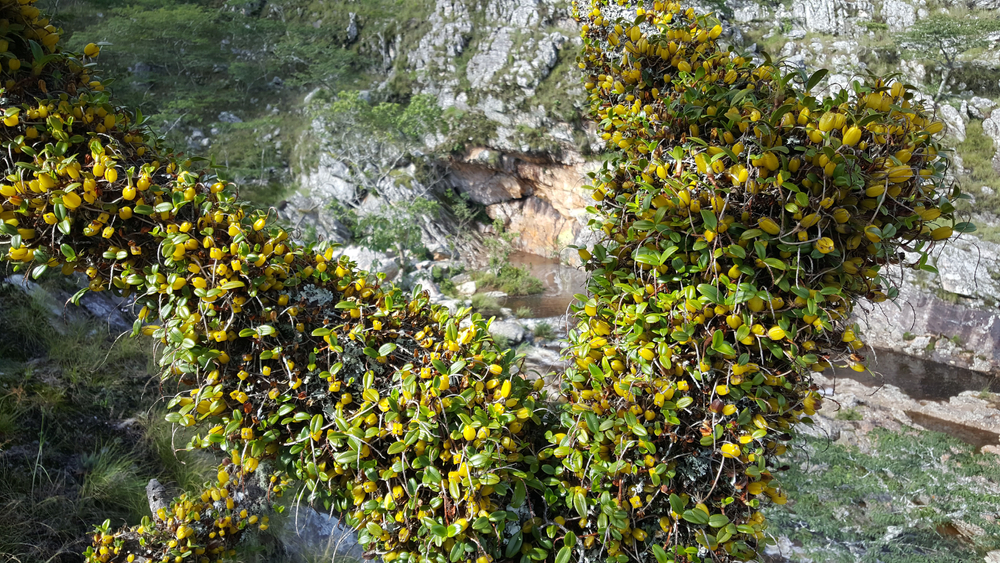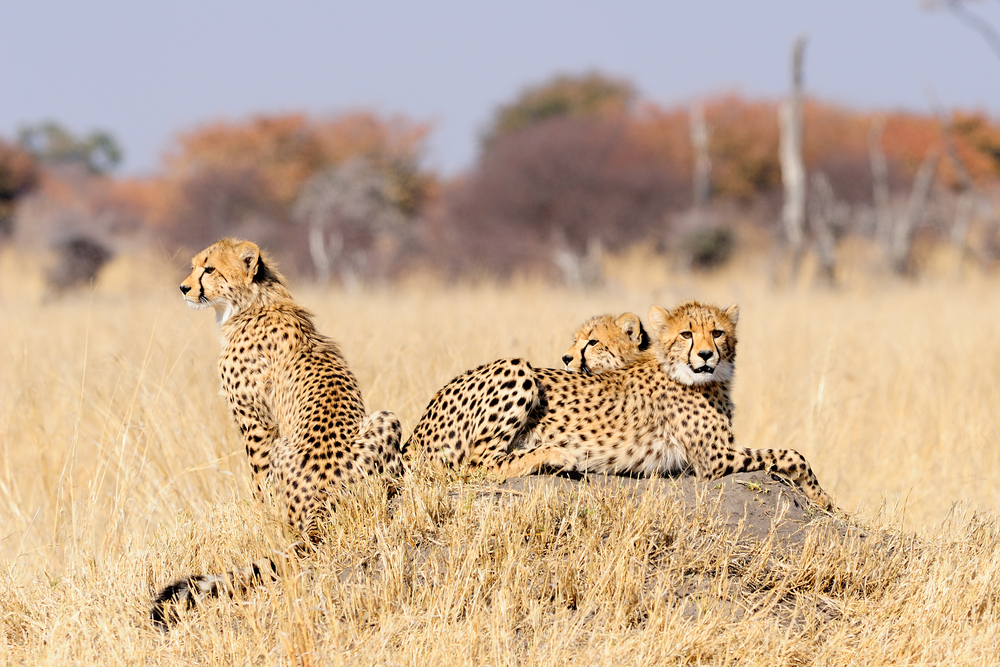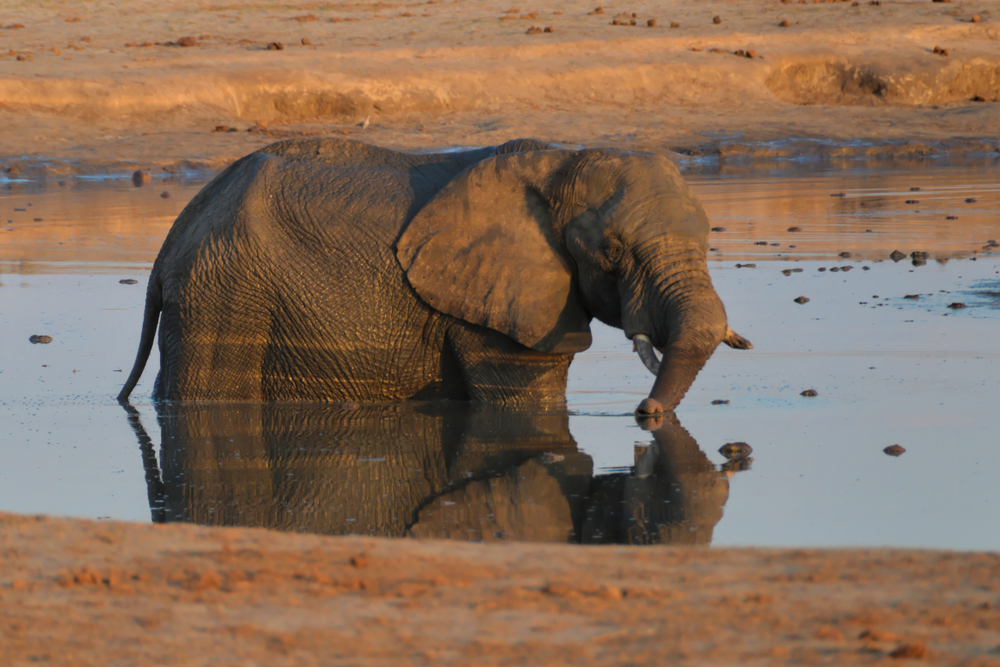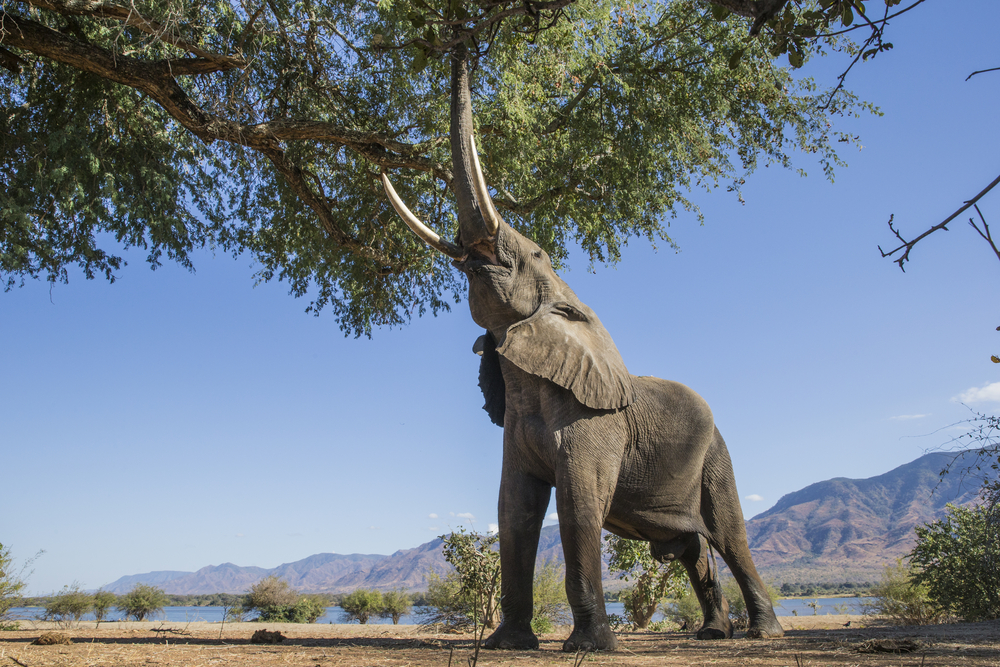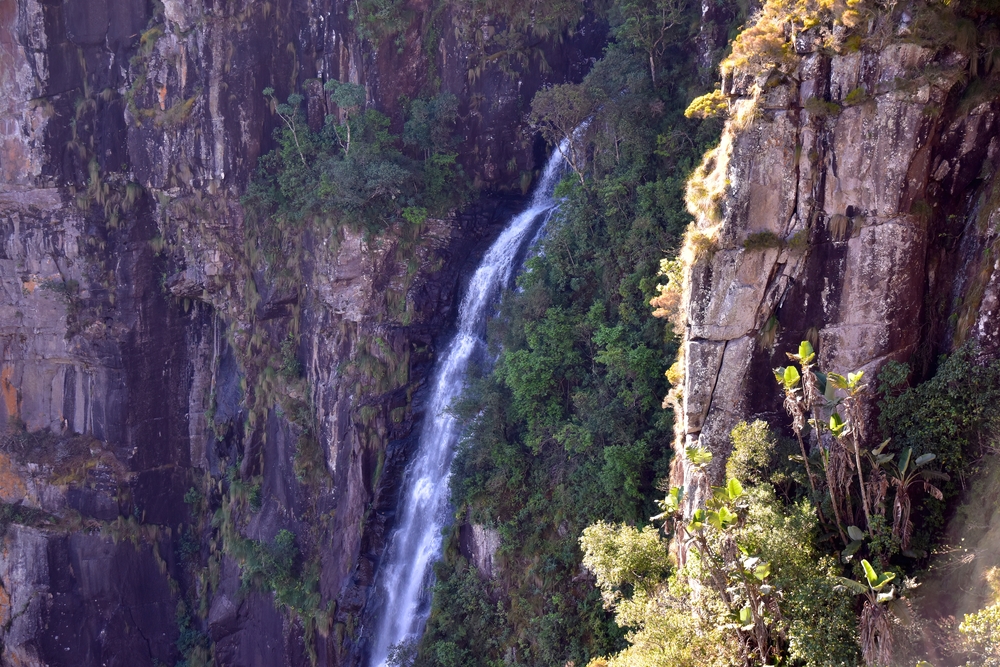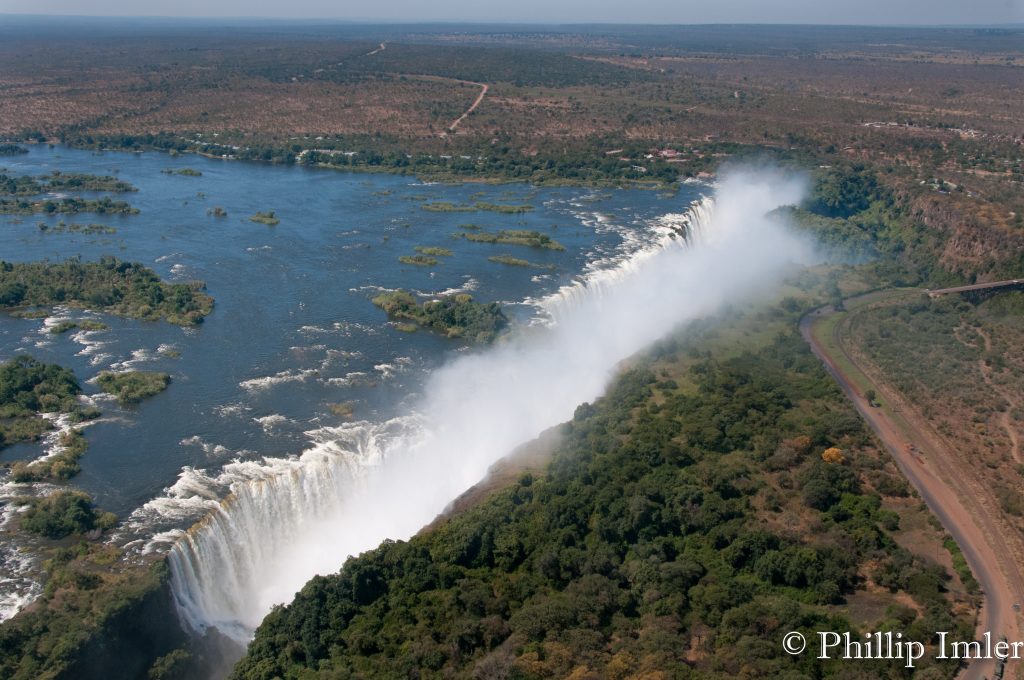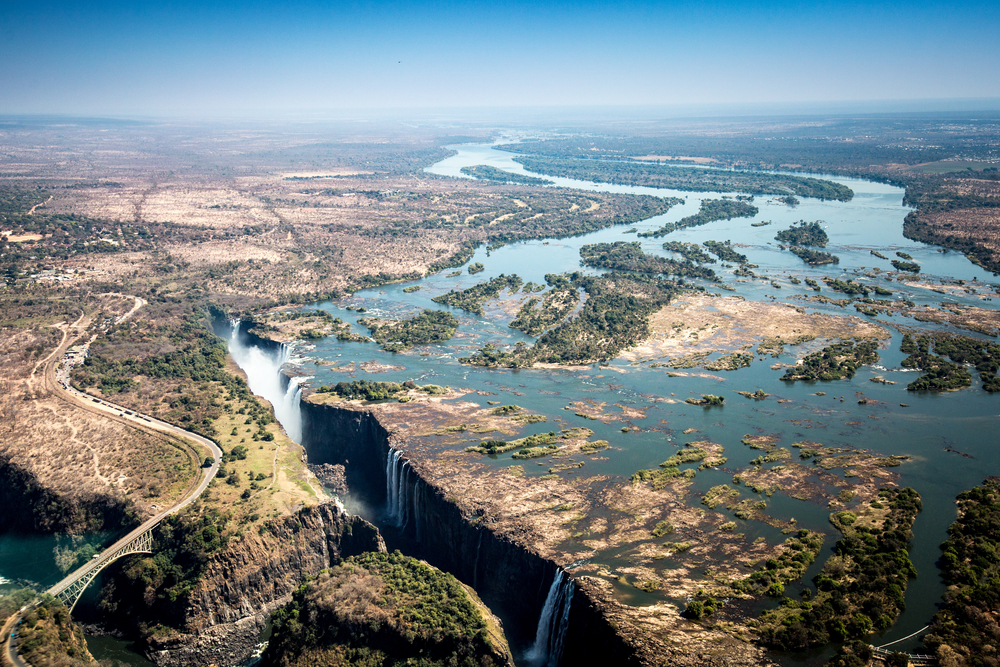Chimanimani Overview
Chimanimani National Park, known locally as “Paki yeChimanimani,” is a stunning wilderness located in eastern Zimbabwe, along the border with Mozambique. Covering approximately 171 square kilometers (66 square miles), the park is part of the Chimanimani Mountains, a rugged and picturesque range that forms a natural frontier between the two countries. Established in 2003, the park is celebrated for its dramatic landscapes, unique biodiversity, and serene beauty, making it a haven for hikers, nature enthusiasts, and eco-tourists.
The park’s terrain is defined by steep cliffs, rocky peaks, and deep valleys carved by rivers and waterfalls. The Chimanimani Mountains reach their highest point at Mount Binga, which rises to 2,436 meters (7,992 feet) and is Zimbabwe’s second-highest peak. Hiking to the summit of Mount Binga offers breathtaking panoramic views of both Zimbabwe and Mozambique. Waterfalls such as Bridal Veil Falls, with its graceful cascade of water over granite rocks, add to the park’s allure and provide tranquil spots for relaxation and photography.
Chimanimani National Park is known for its rich biodiversity, hosting a variety of flora and fauna, many of which are endemic to the region. The montane forests and grasslands are home to species such as blue duikers, klipspringers, and samango monkeys. Birdlife is prolific, with species like the green-headed oriole and Chirinda apalis being notable highlights. Rare plant species, including endemic orchids and cycads, thrive in the park’s unique microclimates.
The park holds significant cultural and historical importance, with ancient San rock art found in caves and rock shelters. These paintings provide a window into the lives of the region’s early inhabitants and are a testament to the area’s rich cultural heritage. The park’s pristine condition and cultural significance contributed to its designation as part of the Chimanimani Transfrontier Conservation Area, which spans both Zimbabwe and Mozambique.
Conservation efforts in Chimanimani National Park focus on preserving its delicate ecosystems and promoting sustainable tourism. Collaborative initiatives between the Zimbabwe Parks and Wildlife Management Authority and conservation organizations aim to address challenges such as deforestation, invasive species, and human-wildlife conflict. The park also works closely with local communities to ensure that conservation efforts benefit both the environment and the people who depend on it.
Visitors to Chimanimani National Park can enjoy a variety of activities, including hiking, rock climbing, and birdwatching. Trails cater to all levels of experience, from short walks to challenging multi-day treks through the mountains. The park’s remote and peaceful atmosphere offers an ideal escape for those seeking solitude and a deeper connection with nature.
In summary, Chimanimani National Park is a treasure trove of natural beauty, cultural heritage, and biodiversity. Its majestic mountains, cascading waterfalls, and conservation successes make it a must-visit destination for anyone exploring Zimbabwe’s eastern highlands.








































































